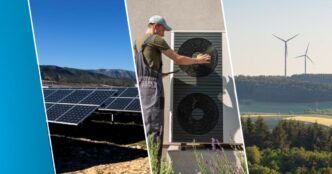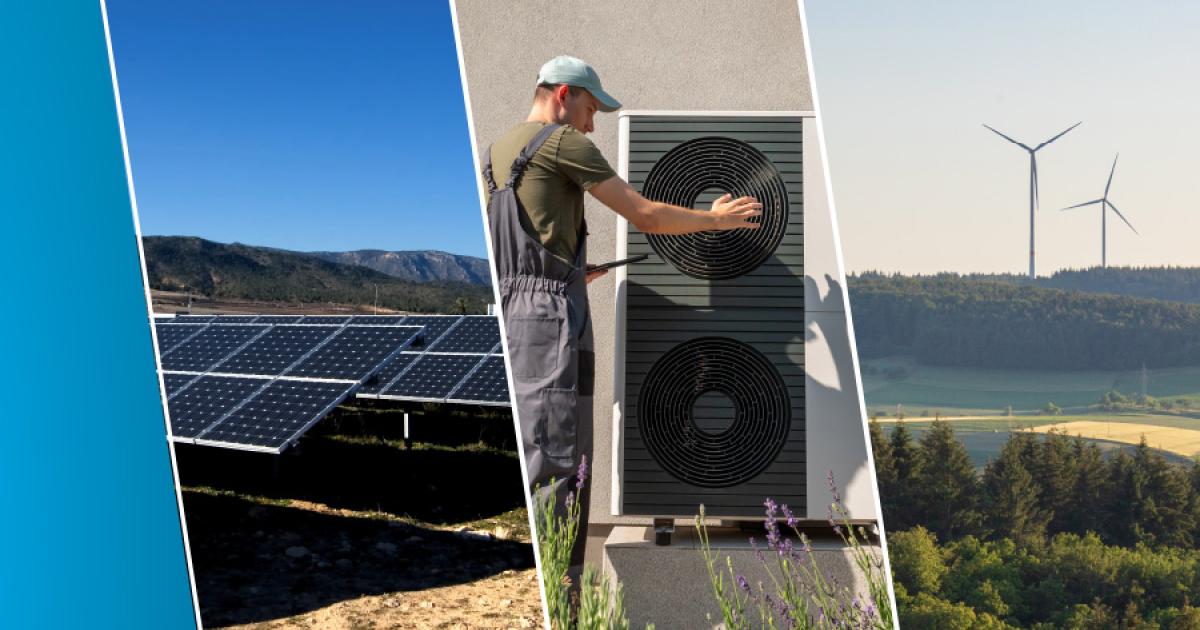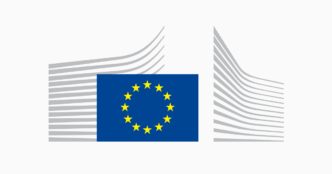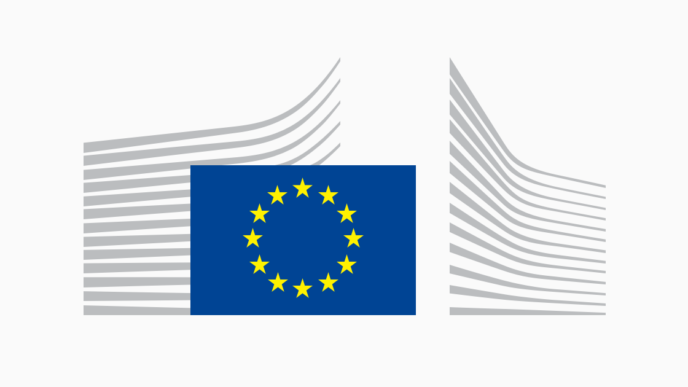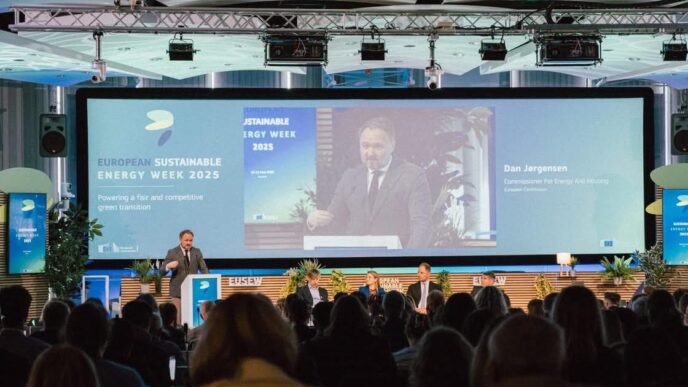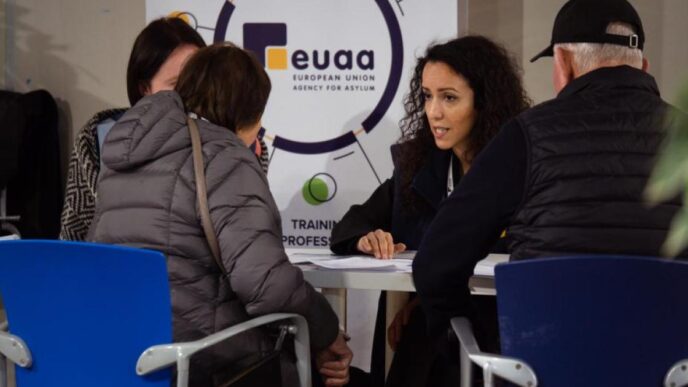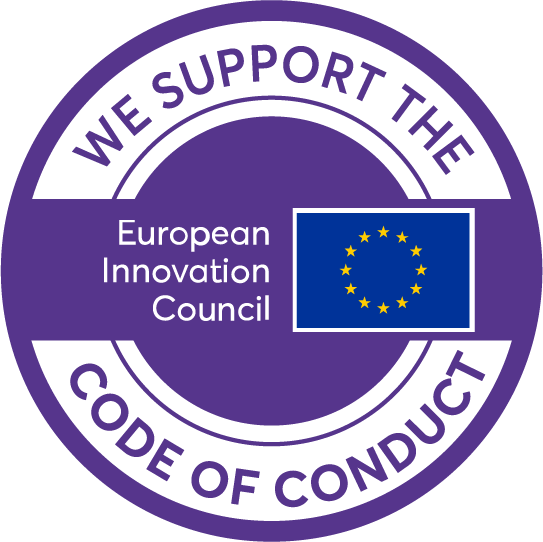In 2015, the EU’s energy union strategy set out a bold vision to fundamentally transform our energy system. It envisioned a resilient energy union, with an ambitious climate policy, to deliver secure, sustainable, competitive and affordable energy for all Europeans. Over the past decade, there has been considerable progress, but important challenges remain.
Under the European Green Deal, the EU enshrined the legally binding target of becoming ‘climate-neutral’ by 2050. In concrete terms, this means cutting greenhouse gas (GHG) emissions to ‘net zero’. The major milestone on this path is a 55% reduction in net emissions by 2030 compared to 1990 levels.
Today, amid rising geopolitical tensions and international competition for the technologies of the future, completing the energy union is more urgent than ever. It is essential not only to reach Europe’s climate goals, but also to ensure its future economic resilience and industrial competitiveness.
Completing the energy union is a multifaceted mission, spanning across different dimensions of the EU’s energy system. It requires
- fully integrating European energy markets – building modern and adequate energy infrastructure, including across borders
- harmonising regulatory frameworks in the EU to support investment and system efficiency
- rapidly expanding the deployment of renewable energy and boosting energy efficiency levels – the Action Plan for Affordable Energy, presented earlier this year, will be instrumental in this regard
At the same time, Europe’s natural gas markets still play a role in the energy system, and in our clean energy transition. This is why greater transparency, clearer rules and better coordination are needed to ensure their proper functioning.
To further accelerate the completion of the energy union, a new Energy Union Task Force was launched on 16 June 2025. Bringing together high-level representatives from the Commission, EU countries and EU institutions, this group will drive solutions and give political momentum to finish what was started a decade ago. It will, in particular, address the challenges that hamper the completion of the energy union.
National Energy and Climate Plans
Effective planning and monitoring at both EU and national level are essential to driving the energy union project forward.
To avoid scattered and overlapping national monitoring obligations, the Commission established a tailored framework in 2018, under the so-called ‘Governance Regulation’, to support EU countries in the implementation of the energy union strategy and reaching the 2030 targets.
Core to this framework are the National Energy and Climate Plans (NECPs), in which each EU country outlines how it intends to meet the 2030 energy and climate targets and energy union objectives. EU countries were required to update their NECPs last year to take account of the new targets for 2030 agreed as part of the European Green Deal.
According to the Commission’s most recent assessment of the updated NECPs, EU countries have substantially improved their plans following Commission recommendations in December 2023. The cumulative impact of the updated plans means that the EU is closing in on its collective targets of a 55% reduction in GHG emissions and reaching a share of at least 42.5% of renewable energy by 2030. But there remain a number of significant gaps which the Commission is keen to address.
In political terms, the recent energy crisis triggered by Russia’s illegal war in Ukraine has added the political priority of reducing EU dependence on imports of Russian fossil fuel, and the Draghi Report has underlined the importance of reducing the costs of energy to become more competitive. One important point here is that a major contribution to addressing these aims would be to complete the energy union, as already identified in 2015.
Annual State of the Energy Union report
Each year, since the strategy was launched, the Commission takes stock of the EU’s progress towards the objectives of the Energy Union in its State of the Energy Union report. The 2025 report, planned for publication in September, will be the next opportunity to do so.
